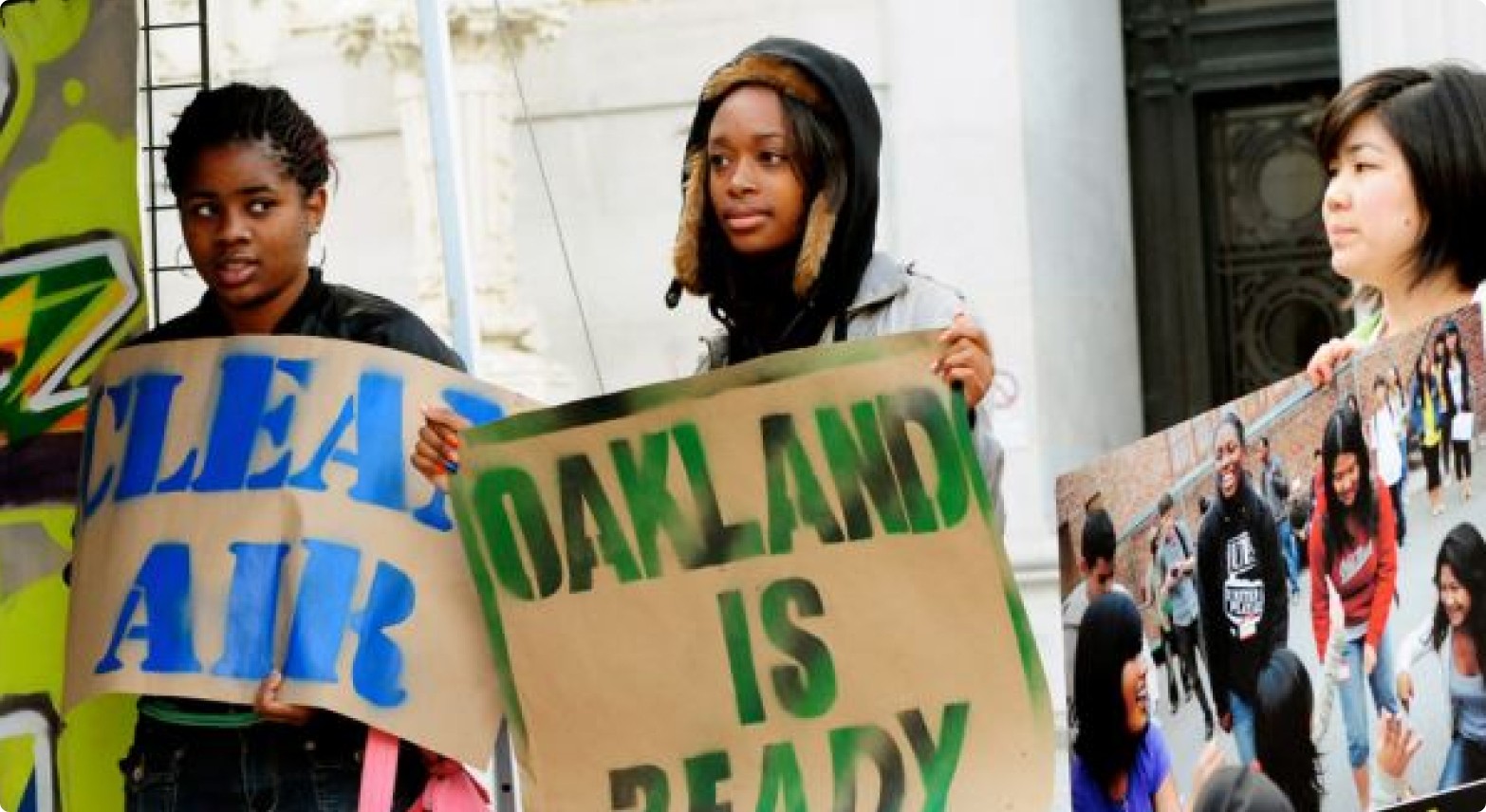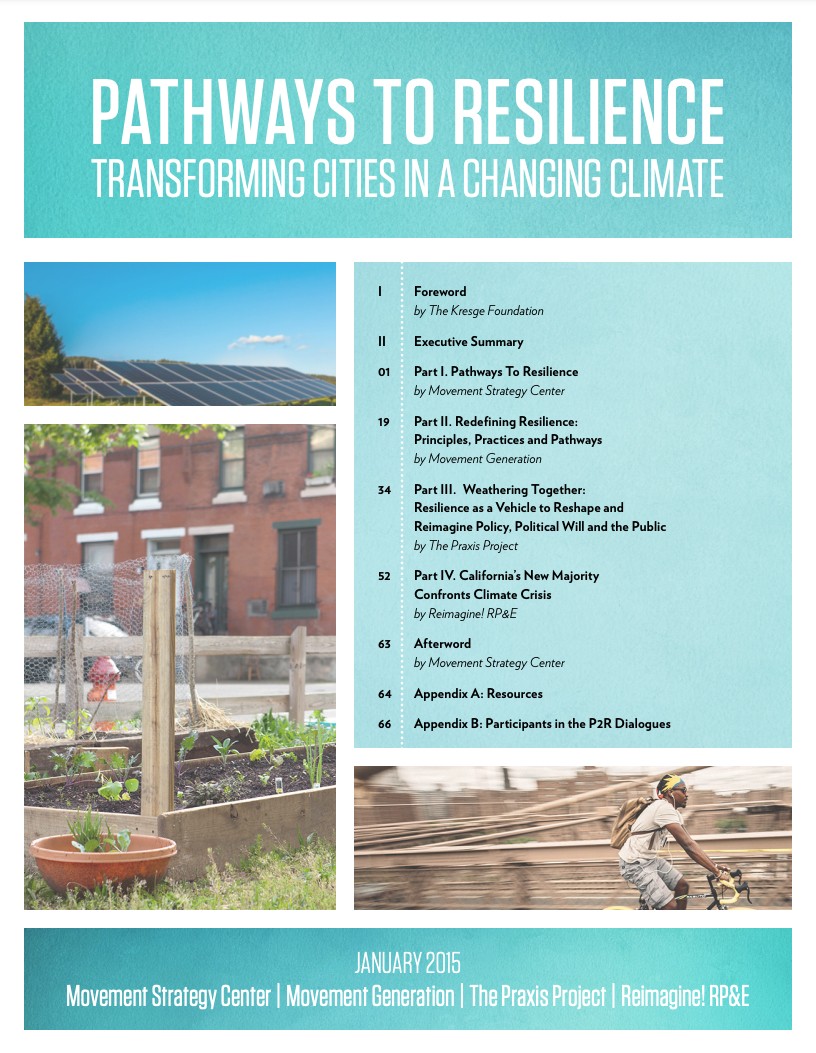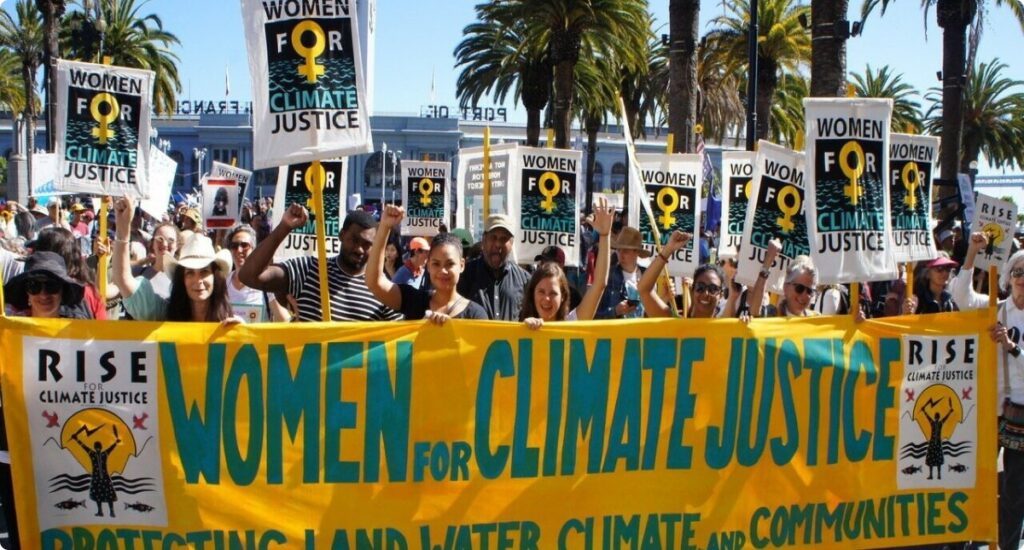Recognizing the impact of climate change on people and places dates back to green building work.
How far back can you trace work related to this program?
In 1969, Trustees identified “conservation” as a field of interest. Most grants in the next several decades were awarded as capital challenge grants to projects that focused on land conservation or education about the natural environment. In 2003, the foundation launched its Green Building Initiative, a complement to its challenge grants, to increase the awareness of sustainable building practices among nonprofits. The initiative offered educational resources and planning grants to cover the upfront costs of incorporating green features in building design. The foundation also offered bonus grants to capital challenge grant recipients that achieved Leadership in Energy and Environmental Design certification through the U.S. Green Building Council for their completed projects.
When was this Program officially established?
In 2007, the foundation identified climate change as the focus of its future environmental grantmaking. Managing Director Lois R. DeBacker was hired the following year and led a team that developed and began to execute an Environment Program strategy focused on climate change mitigation and adaptation. Kresge was one of the first national foundations to explicitly fund adaptation.
In 2014, the Program shifted its orientation to focus on cities and elevating the interests and influence of communities of color and of low wealth in shaping climate change policy and practice. “We identified our niche as helping cities implement climate-resilience strategies grounded in equity,” DeBacker said. “That focus continues today, with the Program’s goal as helping cities combat and adapt to climate change while advancing racial and economic justice.”

What’s an example of an early grant in this space?
In 2013, Kresge partnered with the Movement Strategy Center (MSC), Emerald Cities Collaborative, and the Praxis Project to launch the Pathways to Resilience initiative through a grant of $502,200. The partners brought together leading thinkers from across the country to consider the question “What would a climate-resilience agenda need to encompass for it to be socially just?” MSC commissioned and published papers on the topic, hosted a gathering of thought leaders and practitioners, and articulated principles for approaching resilience with specific attention to the needs and interests of low-wealth communities and communities of color. The Pathways to Resilience initiative set the stage for Kresge’s future climate change grantmaking. Download “Pathways to Resilience: Transforming Cities in a Changing Climate” to learn more.
As one example, following this foundational work, in 2014 Kresge launched the Climate Resilience and Urban Opportunity (CRUO) initiative, a five-year, $29 million effort which supported the capacity of advocates and organizers in urban communities to advance climate-resilience work of importance to them. Read the CRUO evaluation report.

Why has this area been historically important to Kresge?

“A healthy physical environment is one of the bedrock conditions that impacts people’s wellbeing and quality of life,” DeBacker said. “Environmental quality is a social determinant of health – in the U.S. and globally. Healthy oceans, rivers, streams, and wetlands; productive soils, forests, and farmland; trees, parks, and greenspace in urban areas; clean air and manageable global average temperatures – they’re all critical to living a healthy and pleasant life.”
How do the current strategies reflect or build on our historical investments in this area?

 “Our starting point was recognizing that a healthy environment is fundamental to people’s well-being. Our strategy has evolved to explicitly acknowledge that historically – and presently – society has placed less value on the health and well-being of communities of color and of low wealth. Our funding now addresses that history of environmental injustice,” DeBacker said. “To combat and adapt to climate change equitably, BIPOC-led organizations must have sufficient resources to represent the interests of their community members at decision-making tables locally, at the state level, and federally.”
“Our starting point was recognizing that a healthy environment is fundamental to people’s well-being. Our strategy has evolved to explicitly acknowledge that historically – and presently – society has placed less value on the health and well-being of communities of color and of low wealth. Our funding now addresses that history of environmental injustice,” DeBacker said. “To combat and adapt to climate change equitably, BIPOC-led organizations must have sufficient resources to represent the interests of their community members at decision-making tables locally, at the state level, and federally.”
This is why Kresge is such a strong proponent of the Climate Funders Justice Pledge, which asks U.S. climate change funders to direct at least 30 percent of their grantmaking to BIPOC-led organizations working to build power in communities of color.
“Looking ahead, our work is to recognize these historic injustices and seek to remedy them,” DeBacker added. “As we face one of the biggest challenges of our lifetime – the overarching threat of climate change – we must work to ensure the needs and interests of communities of color are vigorously represented in the design and implementation of strategies to address climate change.”


Q: Why has this area been historically important to Kresge?
(Quote from an MD, Rip or former Kresge employee)
Lorem ipsum dolor sit amet, consectetuer adipiscing elit. Aenean commodo ligula eget dolor. Aenean massa. Cum sociis natoque penatibus et magnis dis parturient montes, nascetur ridiculus mus. Donec quam felis, ultricies nec, pellentesque eu, pretium quis, sem. Nulla consequat massa quis enim. Donec pede justo, fringilla vel, aliquet nec, vulputate eget, arcu. In enim justo, rhoncus ut, imperdiet
Q: How do the current strategies reflect or build on our historical investments in this area?
(Quote from an MD, Rip or former Kresge employee)
Lorem ipsum dolor sit amet, consectetuer adipiscing elit. Aenean commodo ligula eget dolor. Aenean massa. Cum sociis natoque penatibus et magnis dis parturient montes, nascetur ridiculus mus.
How far back can you trace work related to this program?
The foundation’s exploration of using non-grant forms of capital to advance its mission began in 2008. That year Kresge made its first five social investments, all loans between $1 million to $2.5 million.
Then in 2009, the foundation responded further to the financial crisis by issuing more than a dozen no-interest loans to nonprofits directly involved in stabilizing and supporting communities.
“Like so many things, the origins of the Social Investment Practice had its roots in crisis,” said Kresge Trustee Jim Bildner, who was instrumental in moving Kresge to begin using these tools in its work. “2008 was a profound moment for our country and for vulnerable populations. The impact of the fiscal crisis hit every element of the preexisting safety net. This created an enormous supply and demand problem that the foundation had not seen since the Great Depression.”
“The idea to make these no-interest loans came from the Trustees themselves, which was rare,” said Bildner, “and took less than 30 days from idea to reality.”
Q: When was this Program officially established? (Year and short explainer)
In 2012, Kresge hired its first managing director of social investments, Kimberlee Cornett. In 2015, the foundation expanded this area of work with a $350 million commitment – representing 10% of its corpus at that time – to deploy into impact investing.

Q: What’s an example of an early investment in this space?
IFF, $2.5 million, 2008
This 3% interest loan was paired with a $500,000 grant and supported IFF, a Community Development Financial Institution that provides below market-rate real estate loans, facilities planning and development, research projects and community planning initiatives. With the combination of a structured PRI and a grant, our support enabled the expansion of IFF's loan and advisory services out of Illinois, a critical step in expanding its ability to provide access to new sources of capital, while building IFF’s organizational capacity to sustain program operations.
